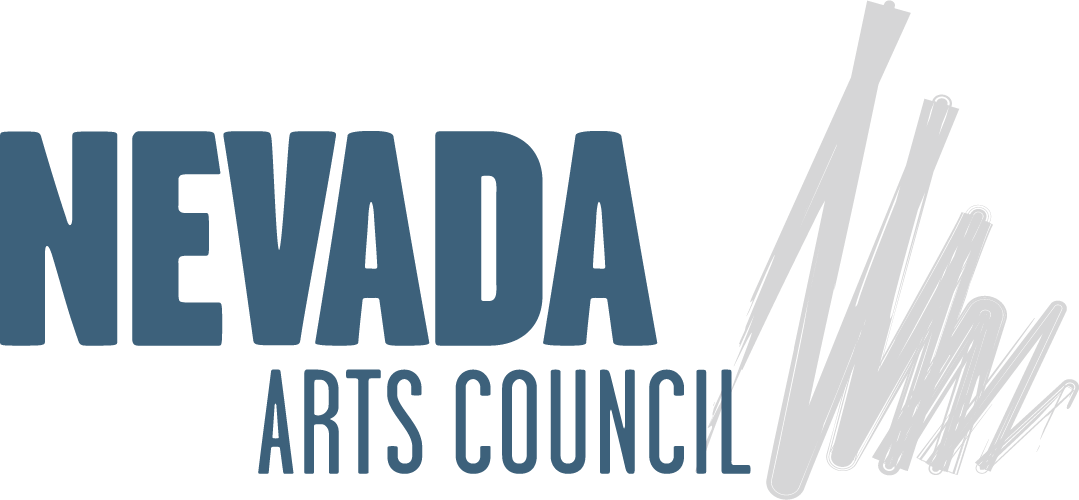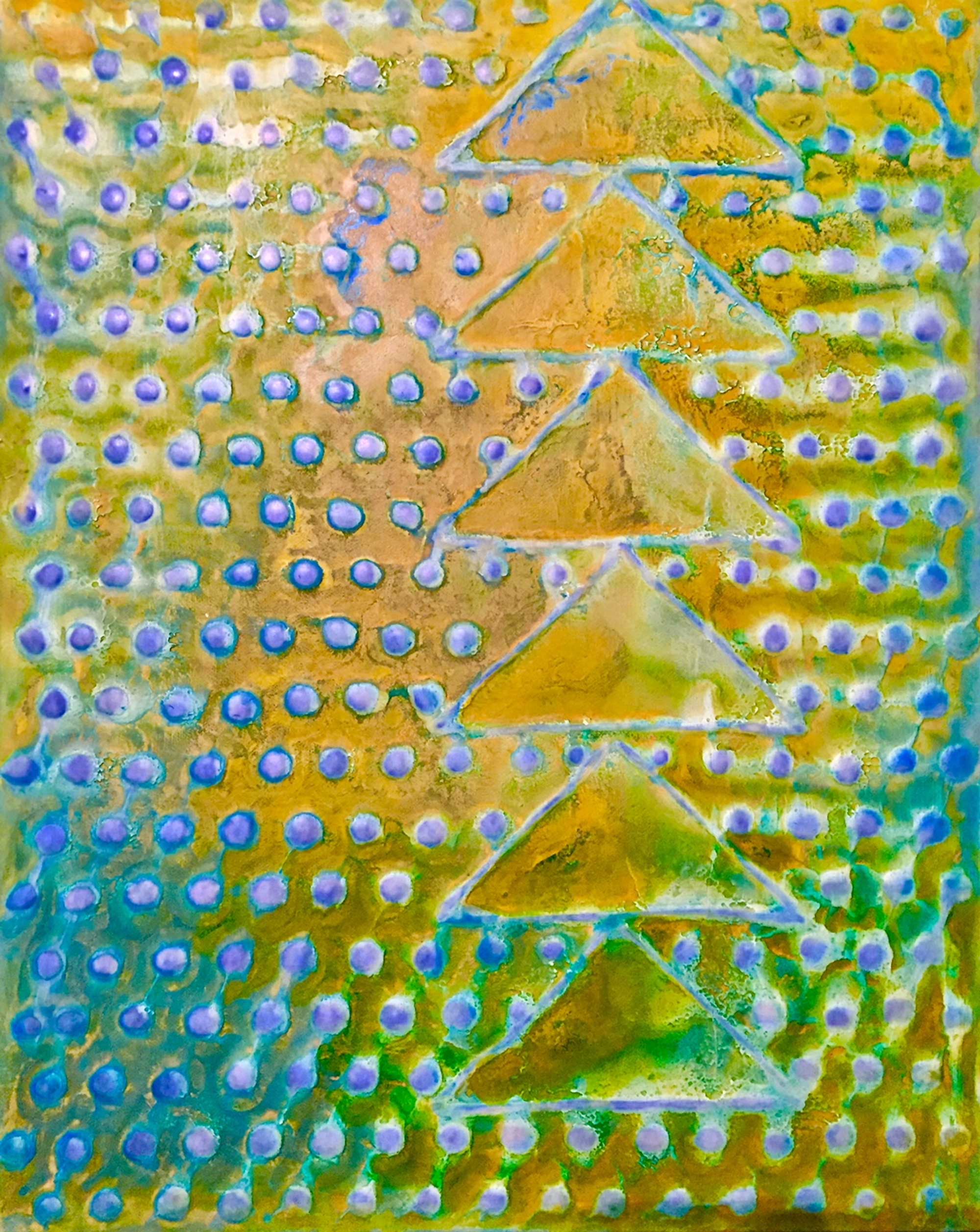We Are the Folk!
By Rebecca Snetselaar, Folklife Specialist, Nevada Arts Council
Before there was folklore, there was lore, something that was taught.
 The English word “folklore” appeared in 1846, describing “traditional beliefs and customs of the common people” that were shared by word of mouth. As a field of academic study, it focused at first on oral traditions and was associated with the study of language and literature.
The English word “folklore” appeared in 1846, describing “traditional beliefs and customs of the common people” that were shared by word of mouth. As a field of academic study, it focused at first on oral traditions and was associated with the study of language and literature.
 By the middle of the 20th Century people in America had come to understand folk music, folk dance, folk tales, folk art, and folk medicine as old-fashioned or primitive art forms to be preserved intact as unchanging artifacts of cultural heritage.
By the middle of the 20th Century people in America had come to understand folk music, folk dance, folk tales, folk art, and folk medicine as old-fashioned or primitive art forms to be preserved intact as unchanging artifacts of cultural heritage.
Meanwhile American folklorists – scholars who study and document folklore – were coming to new understandings about what they were studying. Their interests had begun to shift from the “folklore” itself to the way it was passed on, and to the cultural communities in which it was shared.
The word “folklife” came into common usage in the 1960s to describe the living traditions, activities, skills, and products (such as handicrafts) of any particular people or group that are continually passed on in everyday life through word of mouth, observation, and practice.
So, every person, and every group of people, has folklife; and we are all “the folk.”

That idea took hold in 1976 at the Bicentennial Festival of American Folklife in Washington, D.C. Hundreds of folklorists and thousands of participants came together on the National Mall to celebrate and share the dazzling array of “everyday arts” that folklife encompasses.

The next year the National Endowment for the Arts hired folklorist Bess Lomax Hawes to direct its Folk Arts program. With her support, folklorists were recruited to develop programs in almost every state. These Folklife or Folk Arts Programs—many operating under the umbrella of a statewide arts council—expanded the reach of their agencies to include folk artists and “culture bearers” in cultural communities outside the mainstream.

Today the Nevada Arts Council’s Folklife Program still offers grants for people and community organizations that work to sustain living artistic traditions—dancing, making music, storytelling, handcrafts, celebrations and rituals—that are preserved within their own cultural communities in Nevada.
To get a Nevada Arts Council folklife grant, applicants have to establish a few things:
- Identify and describe the particular art form or art forms that are being shared.
- Identify and describe the“folk group” or “cultural community” that is represented by the artist or art form. Folklife and folk art only exist within a cultural community.
- Explain the significance or meaning of the art form that’s being presented to people who belong to that cultural community, and how it is typically shared or passed on.
- Describe the qualifications of the “folk arts master” or “culture bearer” to perform, teach, and share the art form within their cultural community.
The NAC folklorists are always available to advise and help with this process, and eager to find out more about the folklore, folklife, and folk arts that are resident in Nevada.

